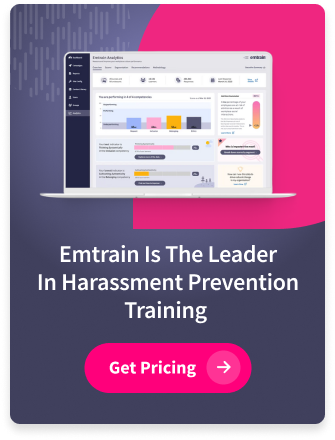When an issue arises at work—whether it involves misconduct, harassment, or a breach of company policy—employee investigations are often a critical part of the resolution process. But conducting an effective investigation is more than just gathering facts. It’s also about managing the delicate balance between respecting individuals’ privacy and maintaining the level of transparency needed to build trust within the organization.
Let’s explore how employers can uphold this balance. But in a way that supports a fair process and reinforces a culture of accountability.
Why Privacy Matters
Employee investigations often involve sensitive topics—sexual harassment, discrimination, retaliation, or ethical breaches. Protecting the privacy of those involved is not only a legal consideration, it’s a fundamental aspect of preserving dignity and psychological safety in the workplace. Mishandling confidential details can result in reputational harm, emotional distress, or even retaliation, which can create a chilling effect where employees are less likely to speak up in the future.
Employers should make clear that information shared during the investigation will be handled discreetly and shared only with those who need to know in order to resolve the issue or provide support.
Why Transparency Matters
At the same time, employees want to know that issues are being taken seriously and addressed fairly. Transparency doesn’t mean publicizing every detail—it means clearly communicating the process, setting expectations, and providing meaningful closure. If leaders are too opaque, employees may lose faith in the organization’s commitment to a respectful and inclusive culture.
Transparency during employee investigations includes:
- Outlining the steps of the investigation process
- Communicating timelines and anticipated next steps
- Sharing outcomes in a way that respects privacy but confirms accountability (e.g., “appropriate action has been taken”)
- Reinforcing the organization’s values and commitment to a respectful workplace
Best Practices for Balancing Both
Here are some strategies to strike the right balance:
- Train investigators and managers
Provide training on how to conduct interviews, document findings, and navigate conversations with empathy and neutrality. Reinforce the importance of maintaining confidentiality without making false promises of secrecy. - Set expectations early
Let all parties know what the investigation will entail, who may be involved, and how information will be handled. This builds trust and can reduce speculation or gossip. - Use neutral language
Avoid labeling parties as “victim” or “accused” in early stages. Instead, focus on the behaviors under review and keep communication fact-based and unbiased. - Close the loop thoughtfully
While you may not be able to share specific disciplinary actions, always follow up with involved employees. Reiterate that their concern was heard and taken seriously. - Monitor the broader environment
Watch for signs of retaliation, exclusion, or cultural backlash after an investigation. Use this opportunity to engage in broader training, discussion, or reinforcement of behavioral expectations.
Culture Implications
Balancing privacy and transparency during employee investigations isn’t just about minimizing legal risk—it’s about shaping your workplace culture. Employees are more likely to raise concerns when they trust that their company will respond in a fair, respectful, and confidential manner. When employees see that accountability is applied consistently, they’re more likely to feel safe and supported.








